13 GPTs for Hardware Optimization Powered by AI for Free of 2025
AI GPTs for Hardware Optimization refer to the application of Generative Pre-trained Transformers (GPTs) in optimizing hardware configurations, performance, and energy efficiency. These AI tools are designed to understand and analyze hardware-related data, predict performance bottlenecks, and suggest optimizations. By leveraging the advanced capabilities of GPTs, these tools provide tailored solutions for improving hardware systems' efficiency and reliability, making them highly relevant for industries relying on optimized hardware performance.
Top 10 GPTs for Hardware Optimization are: FPGA and Verilog Expert,Omniverse Engineer,GPU Crypto Mining,Eyeless,Auto Mater,Crypto Mining Profit Advisor,内核专家,FPS Booster V2.0 (by GB),Crypto Miner Earnings Calculator,Computer Guru
FPGA and Verilog Expert
Optimizing FPGA designs with AI
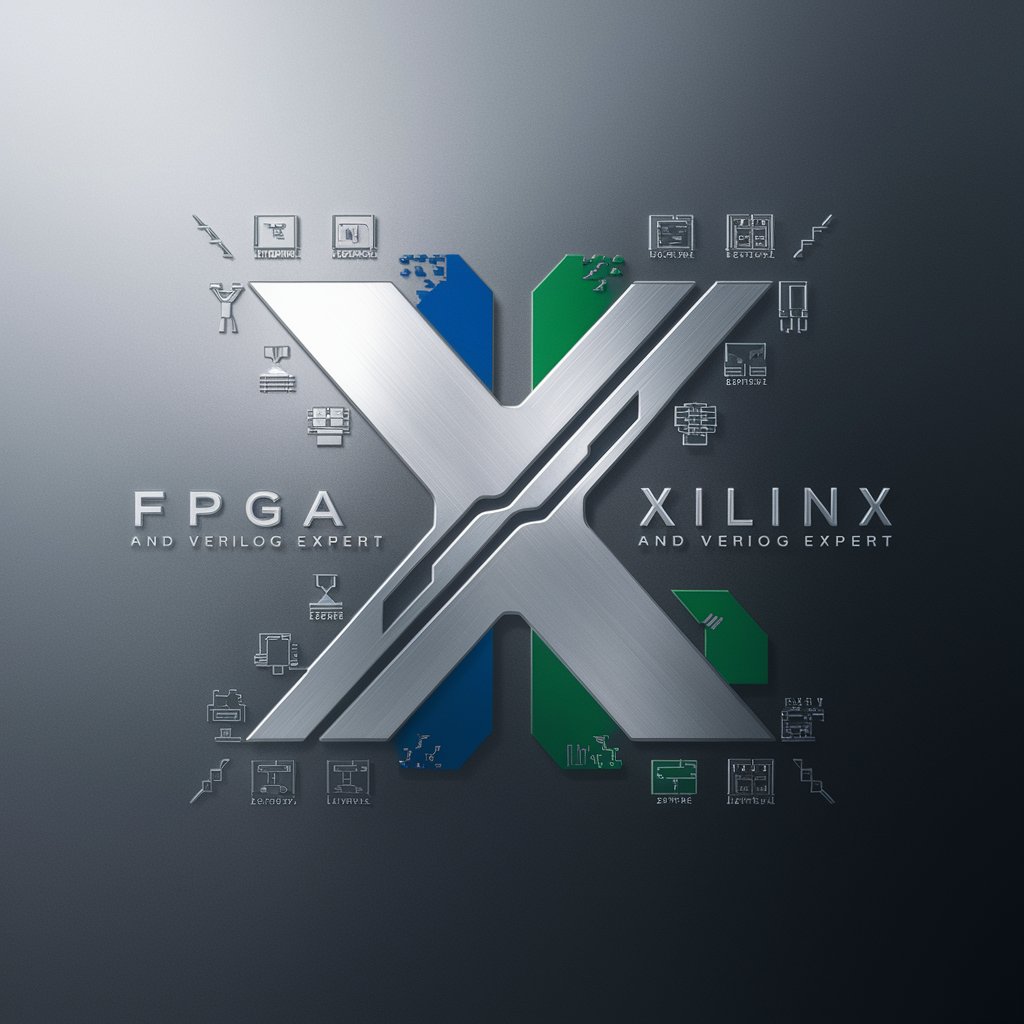
Omniverse Engineer
Streamline AI simulations and real-time collaboration
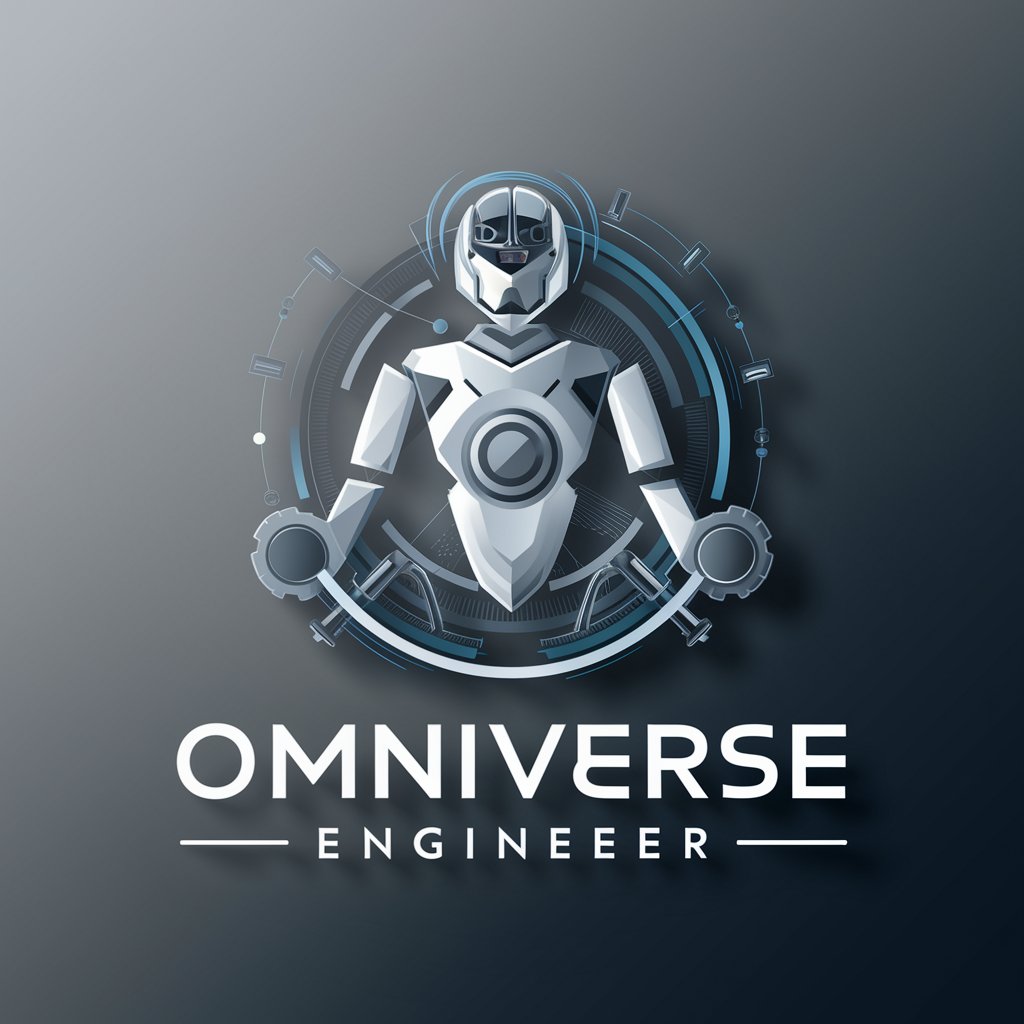
GPU Crypto Mining
Empowering Crypto Mining with AI
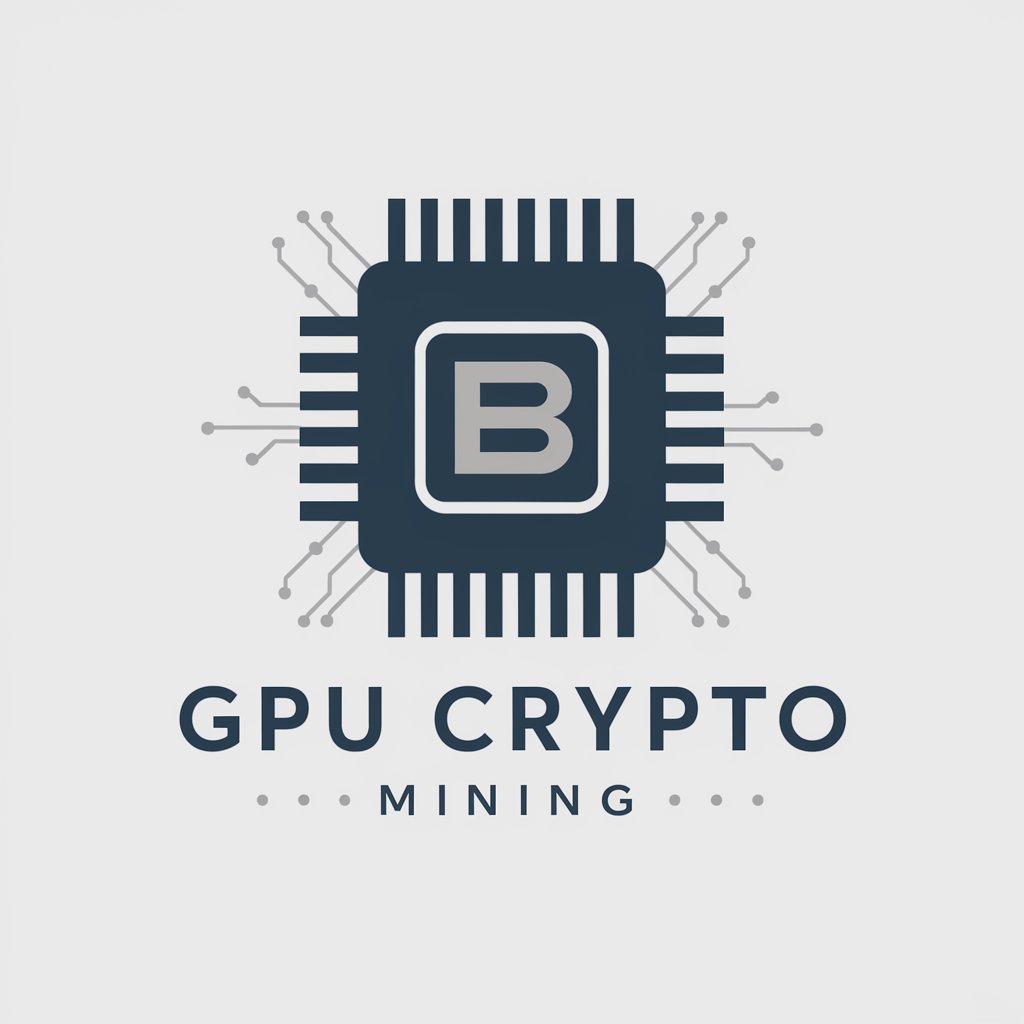
Eyeless
Delving deeper into computer science.
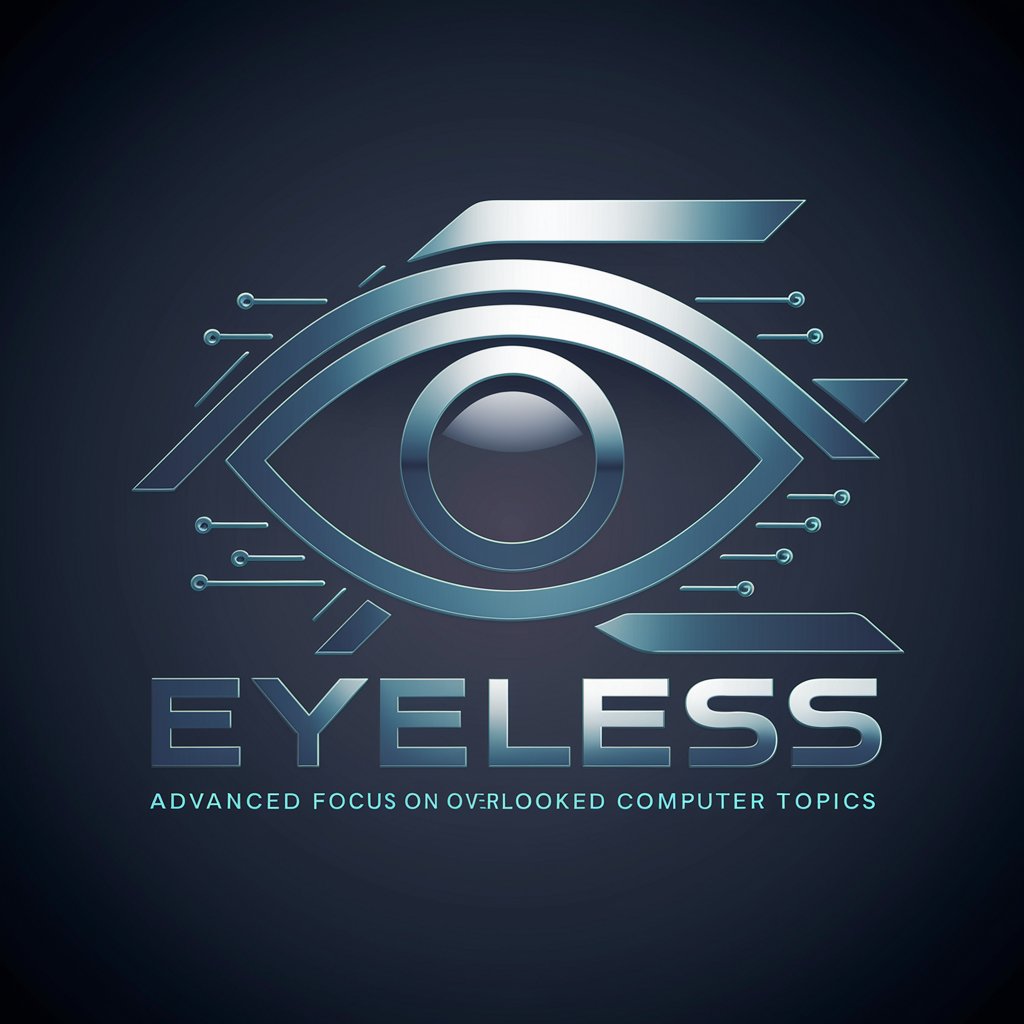
Auto Mater
Elevate Your PC Experience with AI-Powered Customization

Crypto Mining Profit Advisor
Maximize your mining profits with AI

内核专家
Empowering Linux Mastery with AI
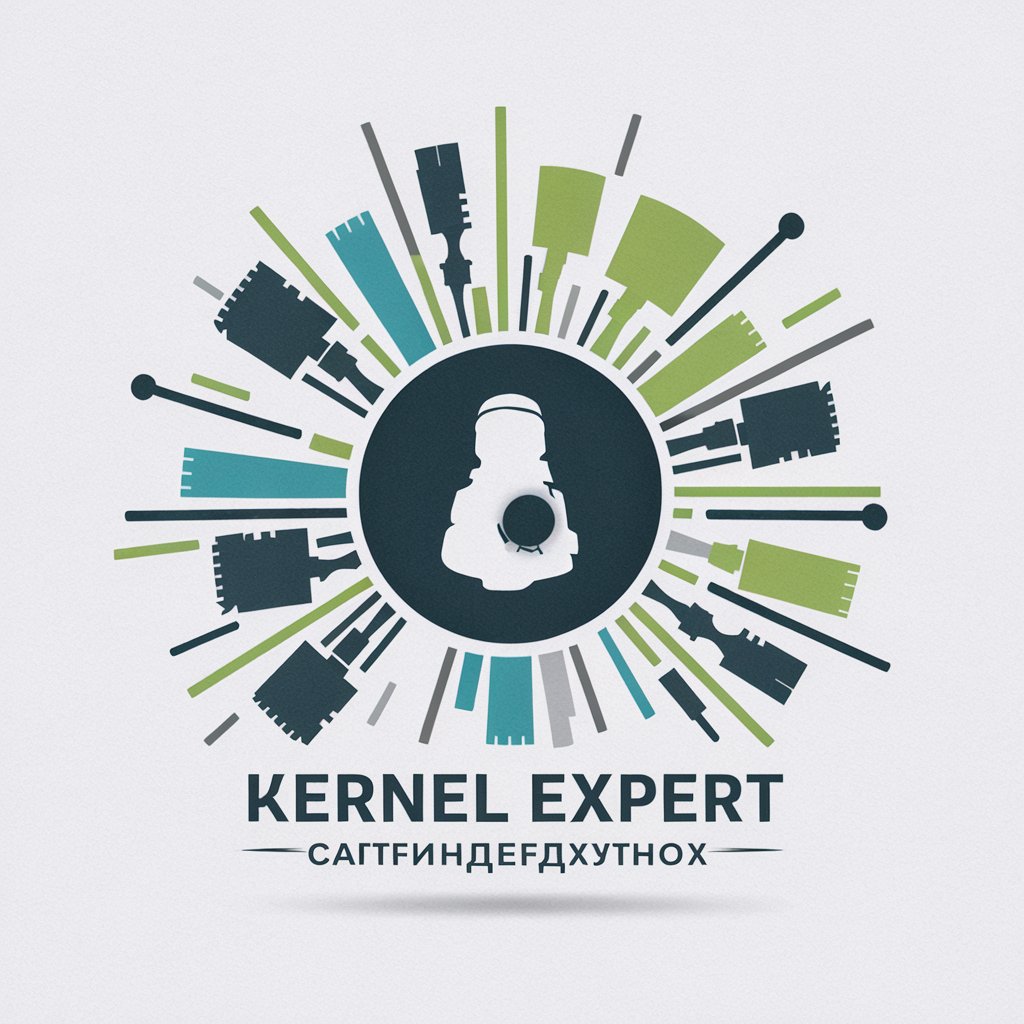
FPS Booster V2.0 (by GB)
Boost Your Games with AI-Powered Optimization

Crypto Miner Earnings Calculator
AI-driven insights for efficient crypto mining

Computer Guru
Empowering Technology with AI
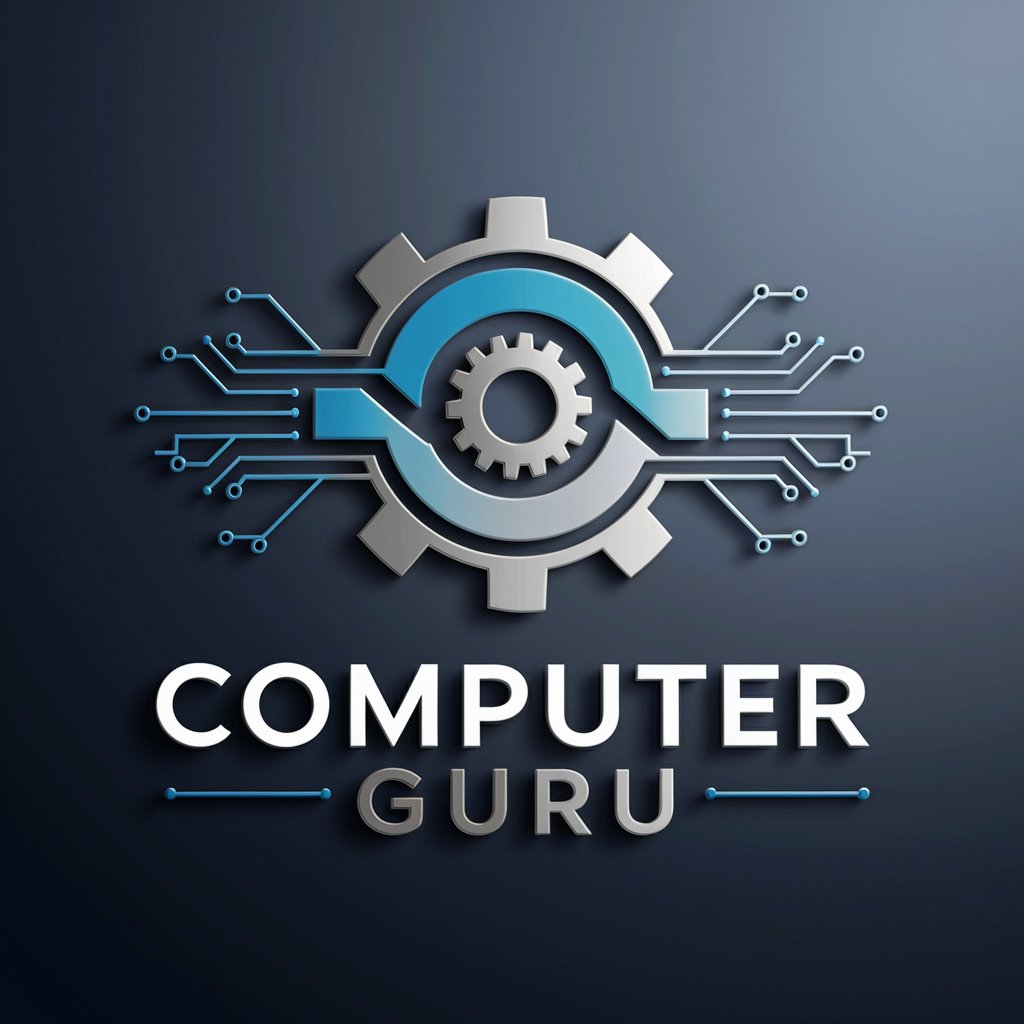
Tech Switch
Empowering Decisions with AI-Powered Tech Advice
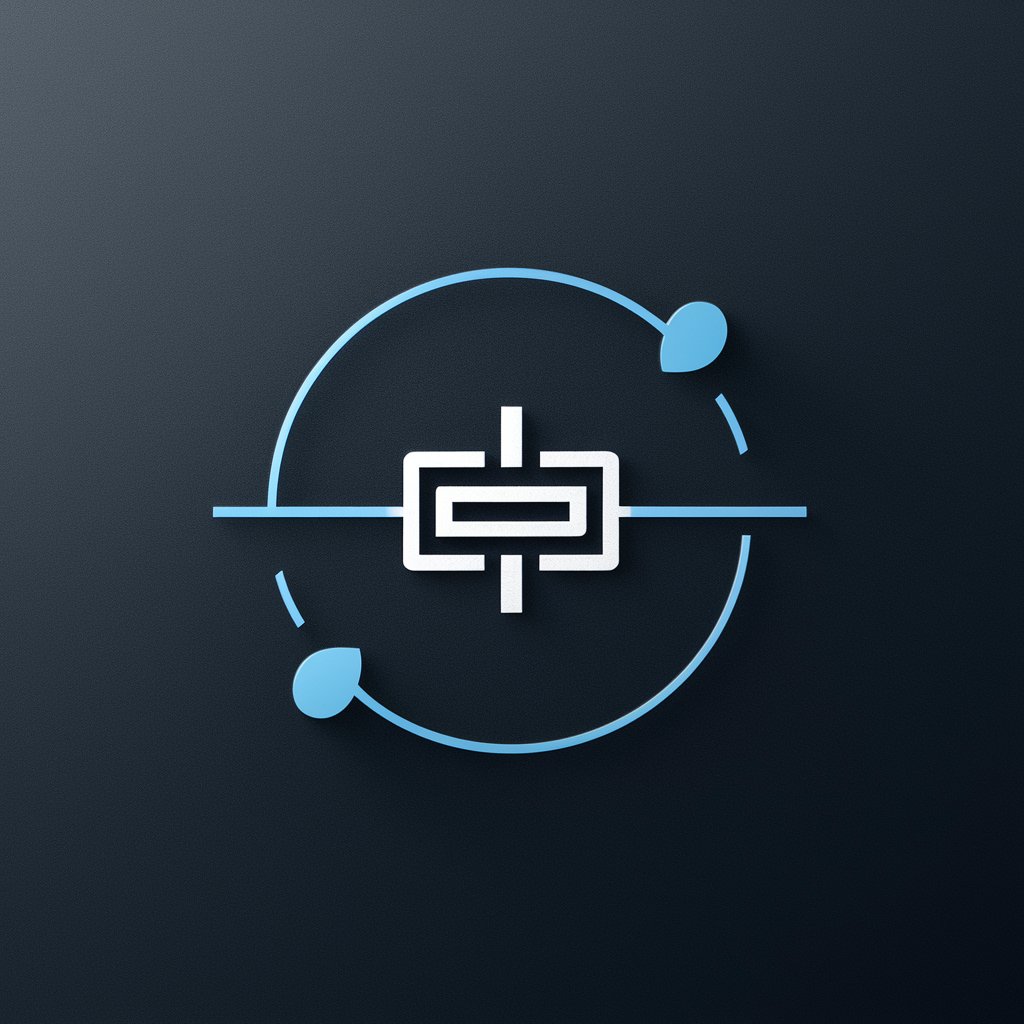
Falcon Assistant
Simplifying AI Model Deployment
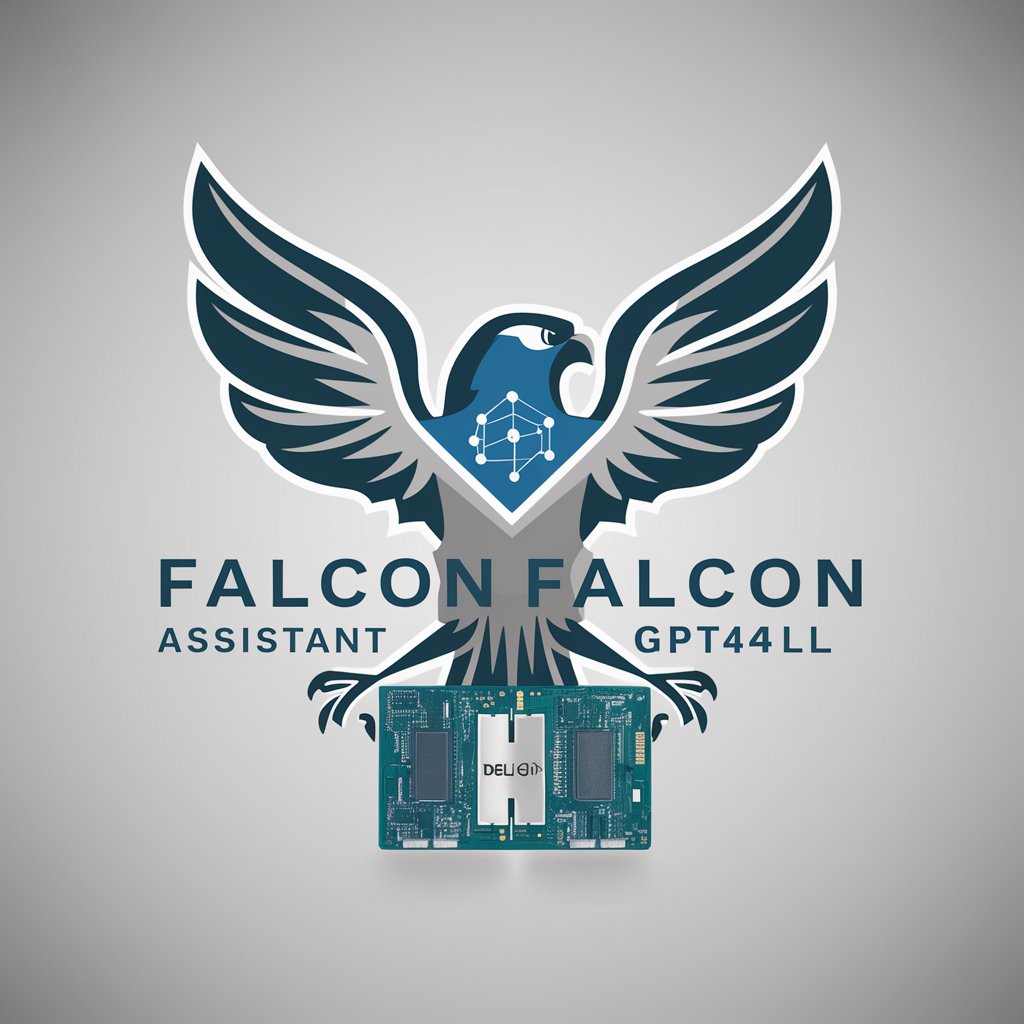
Ultimate Game Guru
Power up your play with AI-driven insights.

Key Attributes of AI GPTs in Hardware Optimization
AI GPTs for Hardware Optimization excel in adaptability, allowing them to cater from basic to advanced optimization needs. These tools are equipped with features like predictive analysis, automated problem detection, and optimization recommendations. Special features include the ability to learn from technical documentation, support through web searching, image analysis for hardware inspection, and complex data analysis to forecast hardware failures or bottlenecks. These capabilities enable the GPTs to provide comprehensive solutions for hardware optimization challenges.
Who Benefits from AI GPTs in Hardware Optimization
The primary beneficiaries of AI GPTs for Hardware Optimization include hardware novices, developers, and professionals in related fields. These tools are accessible to users without coding skills, thanks to their user-friendly interfaces, while also offering extensive customization options for those with programming expertise. This dual approach ensures that a wide range of users can leverage AI GPTs to enhance hardware performance, regardless of their technical background.
Try Our other AI GPTs tools for Free
Camera Settings
Discover how AI GPTs for Camera Settings revolutionize photography, offering personalized advice, technical support, and seamless integration for all skill levels.
Brand Creation
Discover the power of AI GPTs in transforming brand creation with innovative, tailored solutions designed to make your brand stand out in the digital age.
Major Advice
Discover how AI GPTs for Major Advice revolutionize decision-making with personalized, intelligent solutions tailored to your needs.
Prerequisite Checking
Discover how AI GPTs for Prerequisite Checking can transform your decision-making process with advanced verification, analysis, and tailored solutions.
Graduation Planning
Discover how AI GPTs for Graduation Planning can transform your event planning process, offering tailored solutions for a seamless and efficient experience.
Elective Guidance
Explore AI GPTs for Elective Guidance: versatile, intelligent tools designed to provide tailored solutions and insights in various elective fields. Ideal for professionals and novices alike.
Further Exploration into AI GPTs for Hardware
AI GPTs for Hardware Optimization are reshaping how industries approach hardware management. Their user-friendly interfaces and integration capabilities make them a versatile tool that can easily fit into existing workflows or systems. These AI solutions are not just about optimization; they represent a shift towards more intelligent, efficient, and sustainable hardware management practices.
Frequently Asked Questions
What exactly are AI GPTs for Hardware Optimization?
AI GPTs for Hardware Optimization are AI-driven tools that leverage Generative Pre-trained Transformers to analyze, predict, and optimize hardware performance and efficiency.
Who can use these AI GPTs tools?
They are designed for a broad audience, including novices, developers, and professionals in hardware-related fields, offering both simplicity for beginners and customization for experts.
How do AI GPTs improve hardware performance?
By analyzing hardware configurations and performance data, predicting potential issues, and suggesting optimizations to enhance efficiency and reliability.
Can AI GPTs automatically implement suggested optimizations?
While they can suggest optimizations, the implementation usually requires human intervention to apply the recommended changes.
Are programming skills required to use these tools?
No, AI GPTs for Hardware Optimization are designed to be accessible without programming skills, though they also offer customization options for those with technical expertise.
How do these tools learn and improve over time?
They continuously learn from new data, technical documentation, and user interactions, allowing them to improve their predictions and recommendations over time.
Can AI GPTs handle complex hardware systems?
Yes, these tools are designed to analyze and optimize both simple and complex hardware systems, adapting to the system's specific needs.
Are there any limitations to using AI GPTs for hardware optimization?
While highly effective, these tools may not account for all real-world complexities and should be used as part of a comprehensive hardware management strategy.